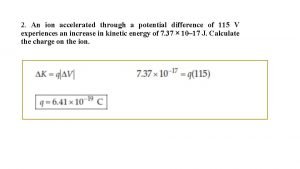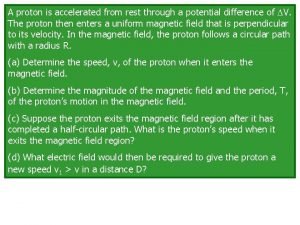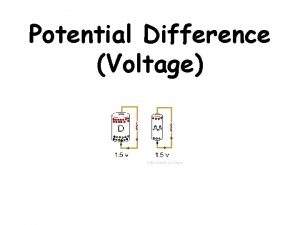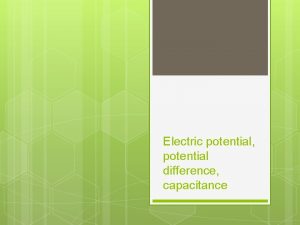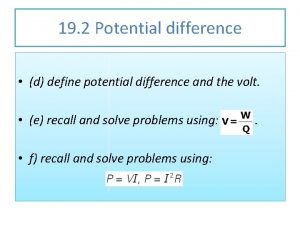2 An ion accelerated through a potential difference








- Slides: 8

2. An ion accelerated through a potential difference of 115 V experiences an increase in kinetic energy of 7. 37 × 10– 17 J. Calculate the charge on the ion.

3. (a) Calculate the speed of a proton that is accelerated from rest through a potential difference of 120 V. (b) Calculate the speed of an electron that is accelerated through the same potential difference.


6. The difference in potential between the accelerating plates in the electron gun of a TV picture tube is about 25 000 V. If the distance between these plates is 1. 50 cm, what is the magnitude of the uniform electric field in this region?

16. Given two 2. 00 -μC charges, as shown in Figure P 25. 16, and a positive test charge q = 1. 28 × 10– 18 C at the origin, (a) what is the net force exerted by the two 2. 00 -μC charges on the test charge q? (b) What is the electric field at the origin due to the two 2. 00 -μC charges? (c) What is the electrical potential at the origin due to the two 2. 00 -μC charges?


17. At a certain distance from a point charge, the magnitude of the electric field is 500 V/m and the electric potential is – 3. 00 k. V. (a) What is the distance to the charge? (b) What is the magnitude of the charge?

20. Two point charges, Q 1 = +5. 00 n. C and Q 2 = – 3. 00 n. C, are separated by 35. 0 cm. (a) What is the potential energy of the pair? What is the significance of the algebraic sign of your answer? (b) What is the electric potential at a point midway between the charges?
 An ion accelerated through a potential difference of
An ion accelerated through a potential difference of Define electric potential and potential difference.
Define electric potential and potential difference. Potential unit
Potential unit Sales potential vs market potential
Sales potential vs market potential Electric potential and potential difference
Electric potential and potential difference Potential energy of a system of charges
Potential energy of a system of charges Electrical potential
Electrical potential Stimulating maturity through accelerated readiness
Stimulating maturity through accelerated readiness If a proton is accelerated from rest through
If a proton is accelerated from rest through
